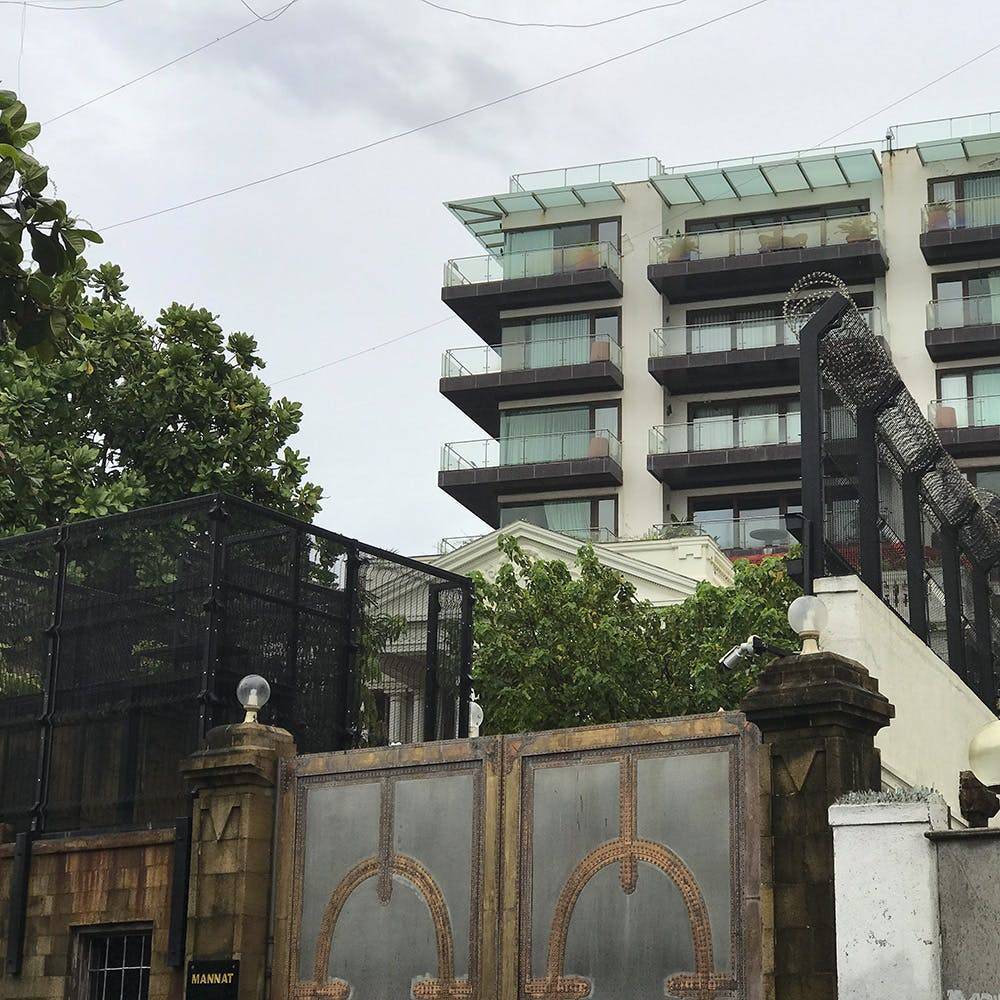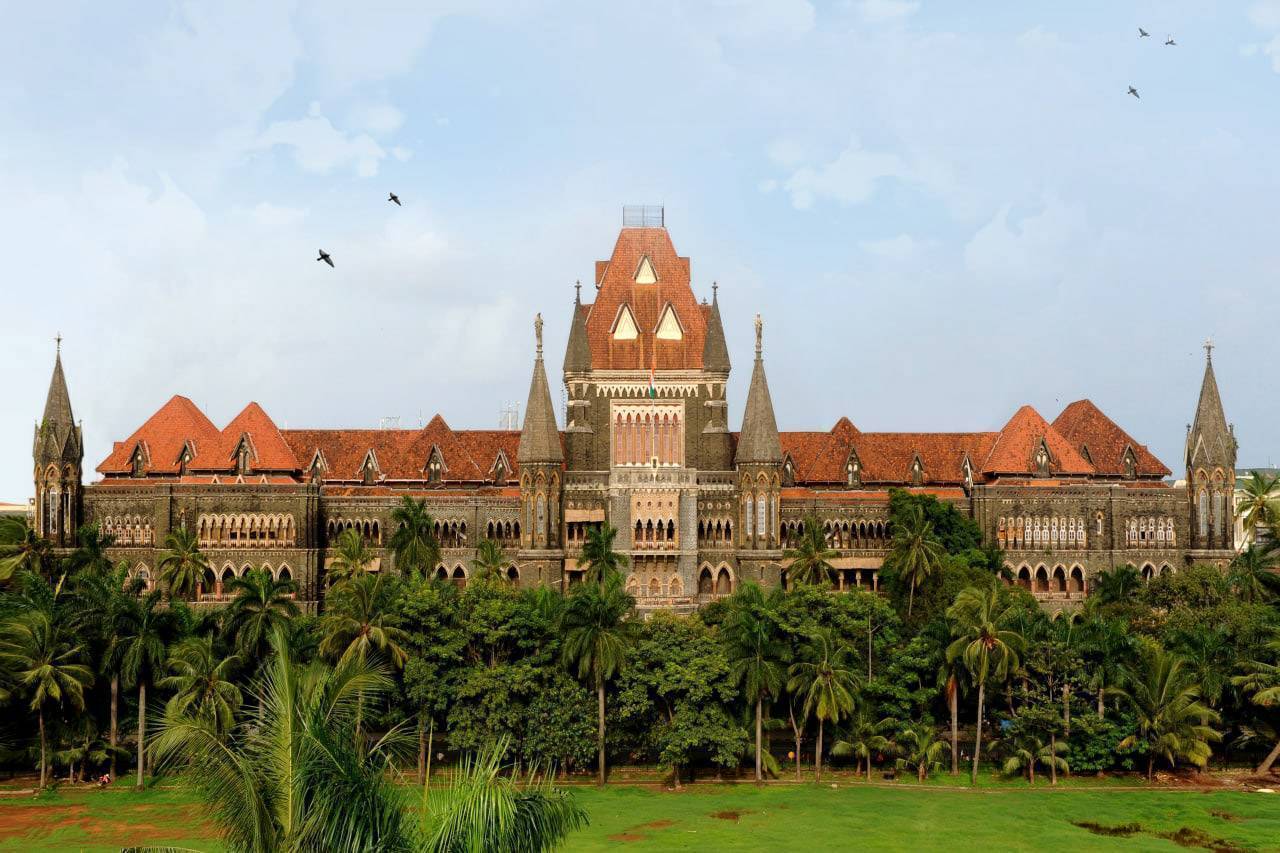Shah Rukh Khan has obtained approval from the Maharashtra Coastal Zone Management Authority (MCZMA) to renovate his residence, Mannat, in Mumbai. The clearance was necessary due to the property’s location in the Coastal Regulation Zone (CRZ), which imposes restrictions on construction near India’s coastline. The approval ensures compliance with environmental laws and sustainable development practices before any structural changes can take place.
Understanding Coastal Regulation Zone (CRZ) Rules
The CRZ regulations were introduced under the Environment Protection Act, 1986, to control construction activities near the coast. These rules classify coastal areas into four zones:
- CRZ-I: Areas with ecological importance, such as mangroves, coral reefs, and national parks. Construction is strictly prohibited in these areas.
- CRZ-II: Urban or developed coastal areas where construction is permitted with restrictions on height and environmental impact. Mannat falls under this category.
- CRZ-III: Rural and relatively undeveloped coastal areas where limited construction is allowed, primarily for local needs.
- CRZ-IV: Areas surrounding the sea and tidal-influenced water bodies, where regulations apply to activities like fishing and infrastructure development.
Since Mannat is located in Bandra Bandstand, a coastal area in Mumbai, any construction or renovation required prior approval from MCZMA under CRZ-II guidelines.
Why Shah Rukh Khan Needed CRZ Clearance for Renovation?
Shah Rukh Khan’s home is a six-storey structure, and the renovation plan includes adding two additional floors. Since CRZ-II imposes height restrictions, any vertical expansion in a coastal area must be approved to ensure it does not disrupt the surrounding environment.
According to MCZMA regulations, redevelopment projects near the coast must meet specific environmental and structural criteria. The clearance process evaluates factors such as:
- Building height restrictions: Ensuring that any modifications remain within permissible limits.
- Environmental impact: Assessing whether the renovation will affect the local ecosystem, drainage patterns, or soil stability.
- Waste disposal management: Ensuring that construction debris is properly managed and does not pollute nearby water bodies.
- Structural integrity: Verifying that the expansion meets safety and sustainability standards.
An official from MCZMA stated that properties in CRZ areas require prior permission for any construction, as modifications must remain within set guidelines. These measures prevent uncontrolled urban expansion in sensitive coastal regions.
Process of Obtaining CRZ Clearance
Anyone planning to construct or renovate a property near the coastline must follow a structured approval process. The key steps include:
1. Submitting a Proposal
The applicant must submit a proposal detailing the project, including architectural plans, structural modifications, and the expected environmental impact. This report outlines how the renovation complies with CRZ rules.
2. Conducting an Environmental Impact Assessment (EIA)
For significant projects, an Environmental Impact Assessment (EIA) may be required. The EIA evaluates how the proposed modifications will affect the local ecosystem, marine life, and coastal stability.
3. Application to the State Coastal Zone Management Authority (SCZMA)
The proposal is then submitted to the State Coastal Zone Management Authority (SCZMA), which reviews the application and assesses whether the project aligns with CRZ guidelines.
4. Clearance from the Ministry of Environment, Forest, and Climate Change (MoEF)
For large-scale construction, additional approval from the Ministry of Environment, Forest, and Climate Change (MoEF) may be required. This ensures that national-level regulations are met.
5. Compliance with Regulations
Once approval is granted, the construction must adhere to specific guidelines, including:
- Maintaining building height restrictions
- Managing waste disposal responsibly
- Avoiding environmental degradation
- Authorities monitor the progress to ensure compliance.
- Impact of the Renovation on Mannat
With the necessary approvals, renovation work on Mannat is scheduled to begin in May 2025. The project is expected to take approximately two years to complete. During this period, Shah Rukh Khan and his family will relocate to a luxury apartment in Pali Hill, Bandra.
Mannat, originally built in 1914, is classified as a Grade III heritage structure. While the renovation will expand the residence, the building’s historic design will be preserved. The Palladian neo-classical architectural style will remain, ensuring that the structure retains its original aesthetic while accommodating the planned expansion.
The property is a well-known landmark in Mumbai, attracting visitors and fans. The renovation will enhance the residence while ensuring compliance with environmental regulations.
Significance of CRZ Regulations in Mumbai
Mumbai, with its extensive coastline, has strict CRZ rules to manage urban development. These regulations prevent uncontrolled construction that could lead to environmental damage, flooding, and disruption of coastal ecosystems. The approval process ensures that projects are evaluated for sustainability before any modifications take place.
CRZ regulations apply not just to individual properties like Mannat but also to larger infrastructure projects, including roads, hotels, and commercial developments. Over the years, these rules have helped balance urban expansion with environmental conservation.
Lessons for Property Owners in Coastal Areas
For individuals planning to construct or renovate properties near coastal zones, understanding CRZ regulations is essential. The approval process varies based on the location and scale of the project, but compliance is necessary to avoid legal and environmental complications. Key takeaways include:
- Always check whether the property falls within a CRZ area before planning construction.
- Prepare a detailed proposal and consult environmental experts if required.
- Ensure compliance with waste management and height restrictions.
- Work closely with SCZMA and follow the necessary approval procedures.
Future of Coastal Development Regulations
As urban development continues, CRZ regulations will play a crucial role in managing construction near India’s coastline. The approval process for projects like Mannat’s renovation reflects the balance that authorities seek to maintain between development and environmental sustainability. The growing demand for residential and commercial spaces in coastal cities like Mumbai will require stricter enforcement of these rules. Ensuring compliance with environmental standards will be essential for sustainable urban planning.
Shah Rukh Khan’s approval for Mannat’s renovation highlights the necessity of following coastal regulation guidelines in urban development. The clearance process ensures that projects comply with environmental, structural, and sustainability standards. For Mumbai, where significant portions of the city lie along the coastline, these regulations are critical in balancing development with environmental conservation.
Image source- kaarwan.com









.png)